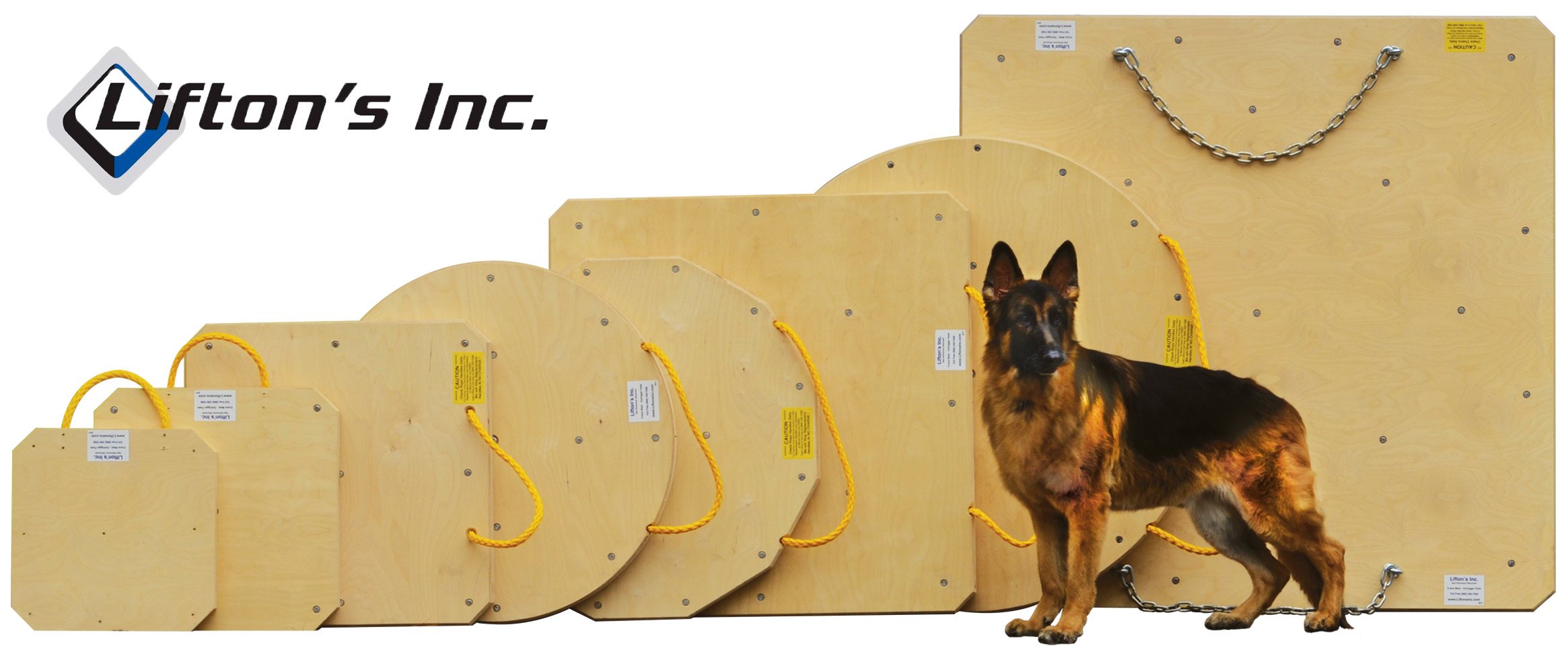Innovative White River Bridge Design Challenges Contractors November 1999
Bridge is suspended by center-locking quadripod pylons.
Columbus, Ind., is known for its modern architectural landmarks. Visitors won't be disappointed when they enter the city via the new White River Bridge. When crossing it, they'll drive between four interlocking 114-foot-high pylon legs and two rows of massive cables that suspend the structure. They'll also never know the construction challenges contractors are facing to execute the architect's innovative design.
The bridge design is the work of J. Muller International, a Chicago architecture firm that specializes in complex bridges around the world. One of only a few center-supported bridges in the world, the $10.4 million project will have taken nearly 18 months to complete when it is in operation in July.
The 465-foot-long bridge is fully suspended from a center-locking quadripod pylon and two radiating rows of cable stays. Engineers went to great lengths to guarantee the structural stability of the unusual design.
The bridge is anchored by four permanent concrete-filled steel casings that are socketed below the water and into bedrock. Milestone Contractors, the general contractor, chose to pump concrete into the 6-foot, 6-inch-diameter caissons, even though it was a challenge due to the harsh mix and engineering design.
"The 90-foot caissons were unusual in that they had to be filled with concrete under water on a 64-degree slope," said Neil Comstock, senior construction manager for Milestone Contractors. "This slope made it very difficult to maintain contact with the mix and keep head pressures to a minimum."
To place the concrete, Milestone used a crane to lower a retractable 110-foot pipe into the caisson. Once lowered, George's Concrete Pumping attached a 42X-Meter Putzmeister boom pump hose to the pipe. The pipe was positioned 7 feet below the concrete level throughout each 80-yard caisson pour. Tremendous line pressure had to be maintained to prevent water from coming in contact with the Class A modified mix. Later, George's also used the truck-mounted pump to place concrete in each of the attached pylons.
Measuring 120 feet long by 4 feet, 6 inches in diameter, four hollow steel pylons extend up from the caissons and connect above the bridge deck. By placing the Putzmeister pump hose in a hole located 60 feet above the base of the pylons, George's filled the bottom half of the pylon with concrete, too.
At the end of the pour, George's placed a total of 470 yards of concrete in the caissons and pylons. At the top of the pylons is one of the most intricate components of the bridge, the structural steel quadripod pylon head that anchors the 40 cable stays. Locked in the pylon head, these cables suspend the entire bridge deck.
George's used a pair of Putzmeister 42X-Meter pumps to place 775 cubic yards of corrosion-inhibiting microsilica-modified concrete for the bridge deck. The pour took 14 hours, while the deck was pre-loaded in front of the screed machine – and testing was performed at the end of the boom.
Post-tension cables in plastic tubing run throughout the deck. Superplastizer was added to the mix to make it free flowing and help alleviate voids. Seven days after the deck pour, the post-tension cables were tightened, giving the deck a crowning effect and producing a longitudinal arch.
"We had some access difficulty due to the location of the pylon legs and head section," says Comstock. "Air entrapment requirements were very tight, but maintained throughout the pour at the pump discharge line." George's used a 5-inch to 4-inch reducer with two 4-inch, 90-degree elbows clamped at the end to help maintain air content.
"The placement of concrete for the caissons, pylon legs and bridge deck was discussed many times by the contractor, designer, supplier and Indiana Department of Transportation," said Comstock. "Each operation had its own set of challenges such as access, mix design requirements and volume of cubic yards needed to maintain a good, consistent mix."
"We are very pleased with the equipment and George's personnel," he said. "It takes an entire team to make a difficult project a success." Weather cooperating, the bridge will be operational in July 1999.























.jpg)
.gif)

.jpg)









.jpg)








